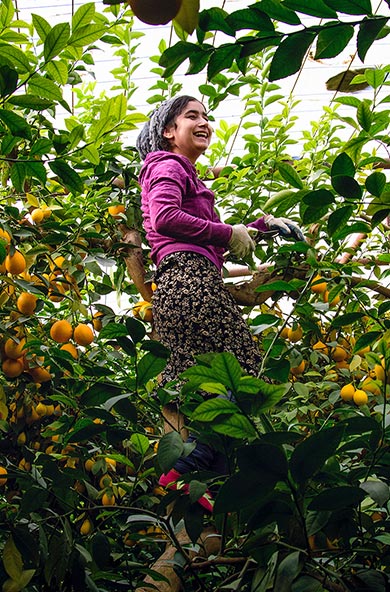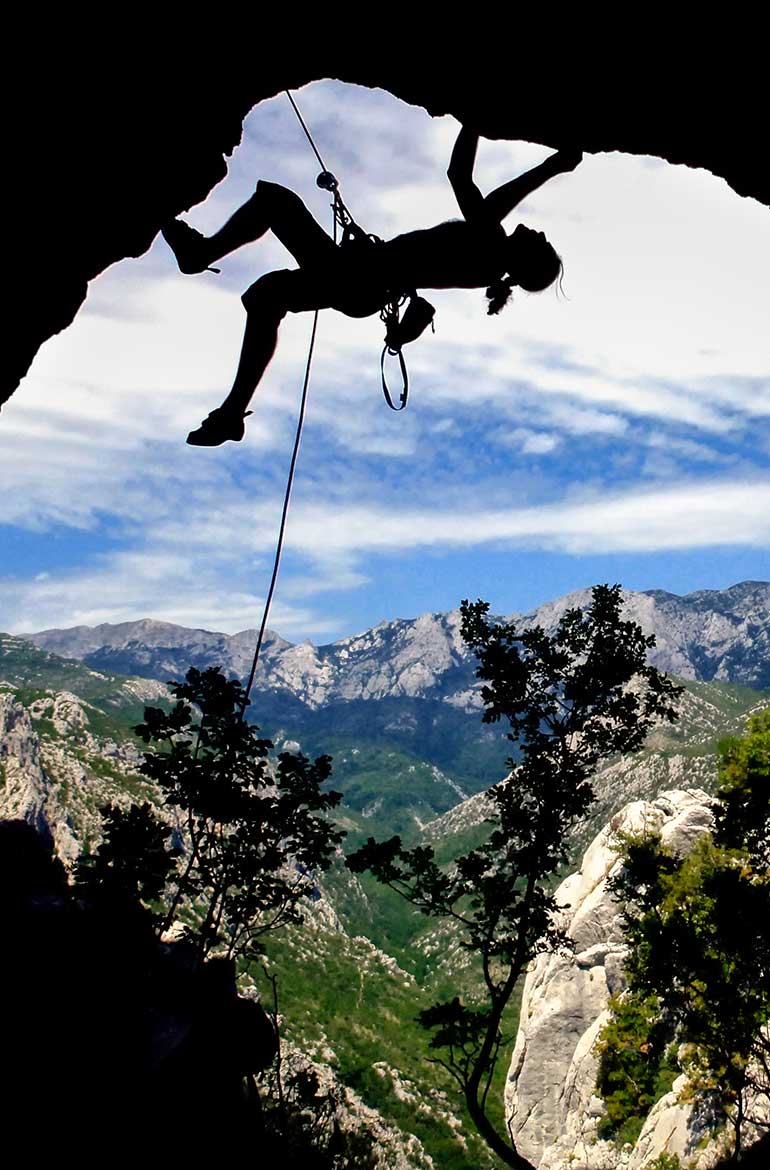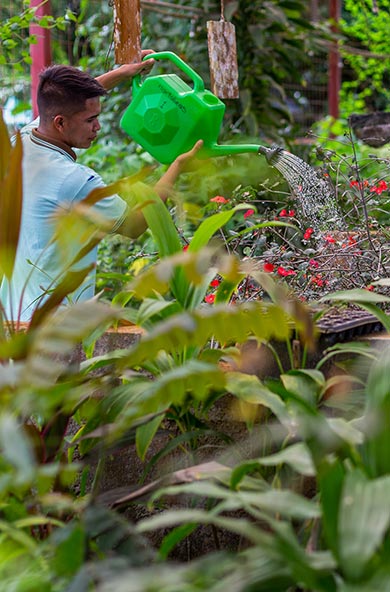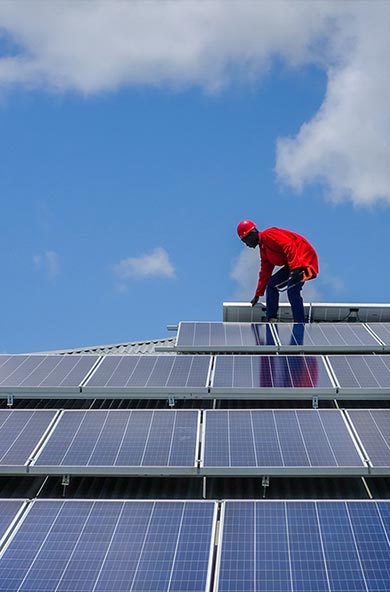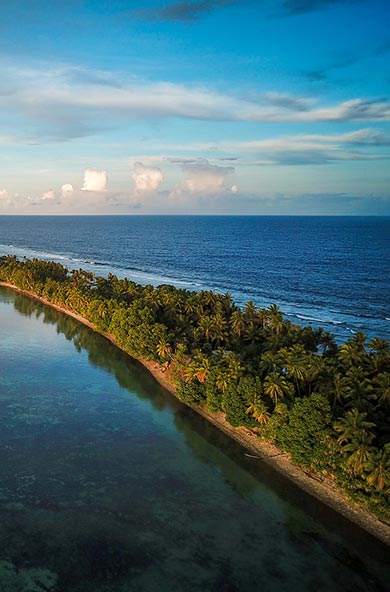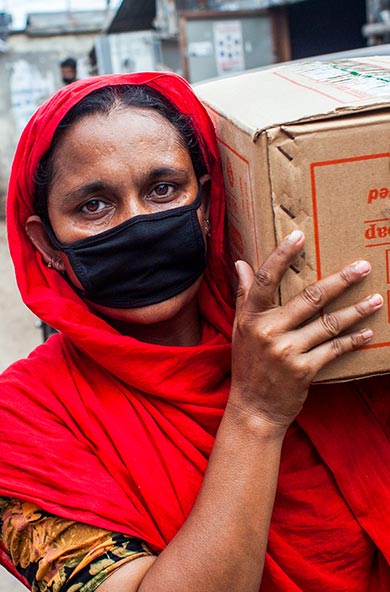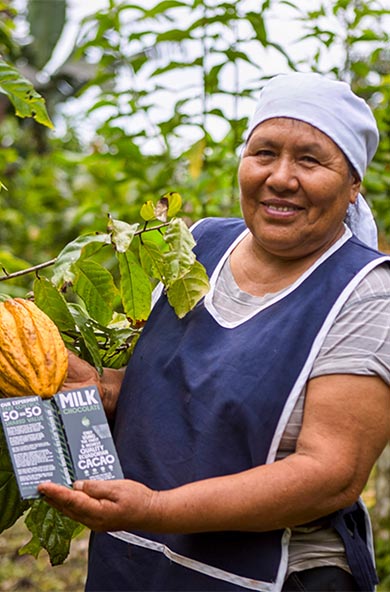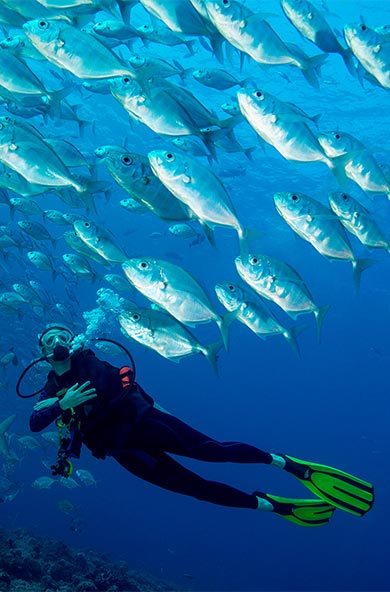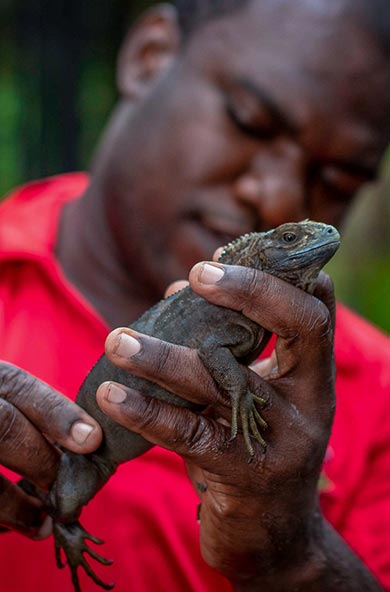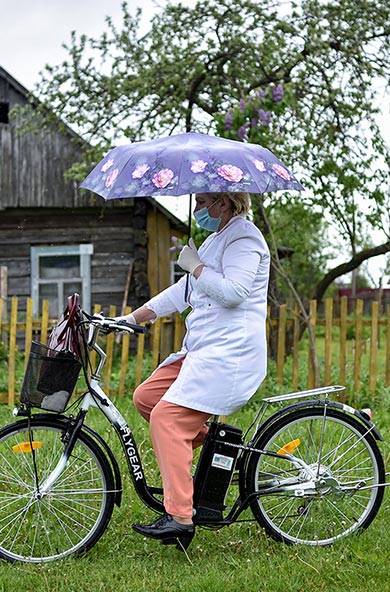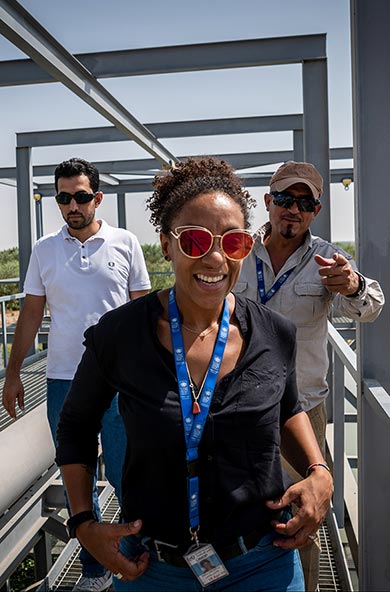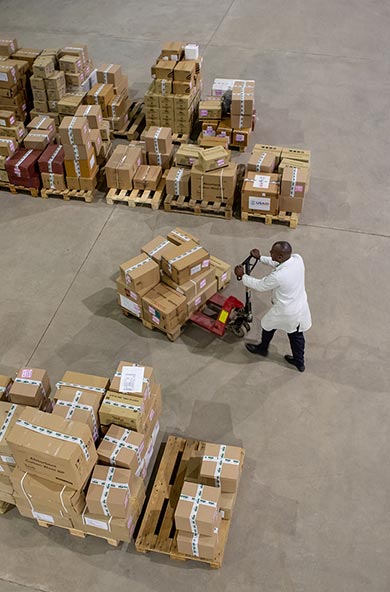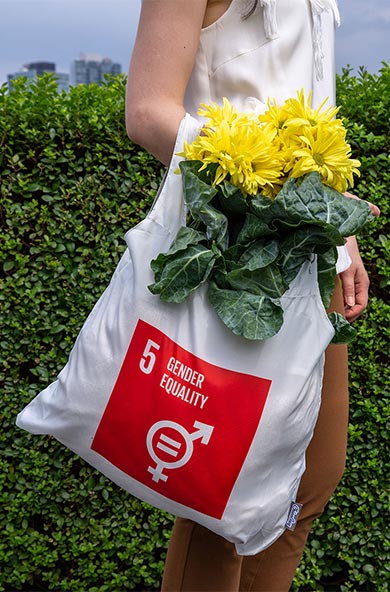From 31 October to 12 November, people from around the world will gather in Glasgow, Scotland for the annual UN Climate Change Conference, this year known as COP26. Hosted by the United Kingdom and the United Nations, COP26 is a time to discuss the progress and challenges related to the Paris Climate Agreement, an international treaty that was adopted in 2015 and entered into force in 2016.
It has been over 5 years since this historic moment. Let’s reflect first on what is working. At the heart of the Paris Agreement are the Nationally Determined Contributions or NDCs. These are the climate commitments put forward by governments to reach the goals of the Paris Agreement, including limiting global temperature rise to 2 degrees Celsius, with an eye on 1.5 degrees Celsius.
Governments agreed that these climate commitments would be revised every five years based on where countries stood in reaching the temperature goal and to reflect the latest science. This is no small challenge, but we are seeing many countries – particularly the smaller, vulnerable countries – leading on raising climate ambition. This gives me hope. This is an indication that the Paris Agreement is working, and many countries are willing to take action to address the climate crisis, as promised.
From countries phasing out coal power to world leaders discussing the climate crisis at an unprecedented scale to the continued leadership from youth, indigenous peoples, and civil society demanding change and holding governments and companies accountable, it is undeniable that we are seeing a global shift unlike ever before.
However, there is still a colossal task ahead of us. We must do more, we must work faster, and we must turn words into action. Greenhouse gas emissions have continued to rise at record levels and the average global temperature for the past five years was among the highest on record. Far more is needed to limit emissions and adapt to the worsening impacts of climate change. All countries, especially those that pollute the most, must step up.
As you can imagine, COP26 will be especially challenging. It was meant to be held in 2020 but was postponed because of the ongoing COVID-19 pandemic.

 Locations
Locations